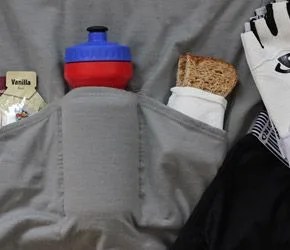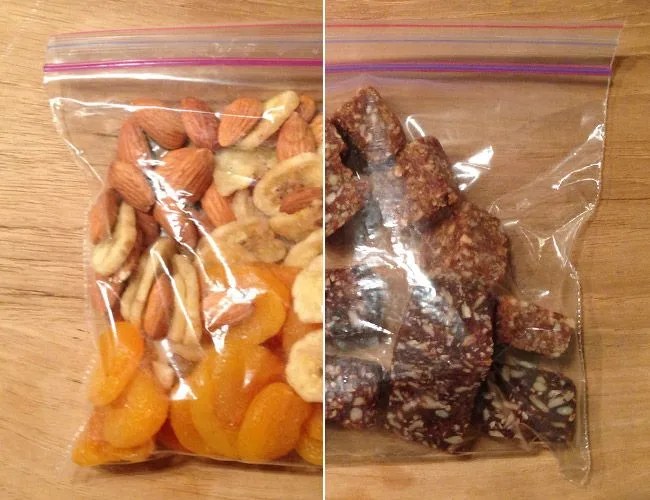Editor’s Note: This is the fifth part of an eight-part original GP series, The Road to La Ruta, in which contributor Dirk Shaw chronicles his training for the Fool’s Gold 100 and La Ruta de Los Conquistadores — one of the toughest mountain bike races in the world. Check back throughout the summer to watch the story unfold.
For the last six months my dietary goal has been fairly simple: use more fat and less glycogen (stored carbs) for fuel during long rides. There is a direct correlation between using more fat to produce energy and increasing aerobic fitness. This is essential for the type of endurance racing I do.

Road to La Ruta is a series of dispatches, essays and features captures the intense journey of a cyclist as he trains for a mountain biking race across Costa Rica and what many consider one of the toughest in the world: La Ruta de Los Conquistadores. Read the series »
Using fat as fuel? You’re probably wondering why I’d do that when I could just carbo-load the night before and suck down a few gels to get through the day. A new school of thought is emerging, though, that debunks the myth that a diet rich in starchy carbohydrates is the best way to fuel during training and racing. Dr. Allen Lim, the guy behind Skratch Labs and former physiologist and nutritionist for the Garmin-Slipstream racing team, goes so far to say that there’s nothing nutritious about it.
Let’s look at the fuel the body uses. Most abundant is fat, which serves as the primary energy source for your muscles during low- to moderate-intensity exercise; then there are carbohydrates, which fuel moderately high- to high-intensity exercise. Fat is generally stored under the skin, and we can store a lot of it (obviously, in some cases). Carbohydrates are stored only in small amounts, as glycogen, in the muscles. This creates tension for endurance athletes. Your body has anywhere from 2,000 to 2,500 calories of carbohydrates available for use during an event. During an intense workout, my body burns anywhere from 900 to 1,000 calories per hour. That means I can rely on carbs for a couple hours of intense riding, but once I burn though the stored calories, I will hit a wall.
WHAT WE’RE EATING


